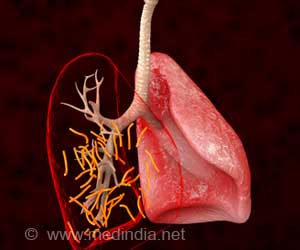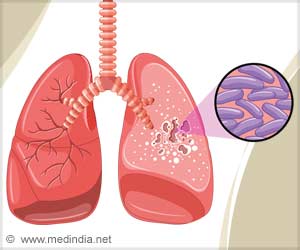Low-level exposure to cadmium attained through second-hand smoke and other means can put people at an increased risk of developing lung disease, says a new University of Michigan School
Scientists earlier believed that only high levels of cadmium could cause lung disease. But with new research, they now suggest that even low-level exposure to this chemical tremendously decreases lung function.
The study, which was conducted by the University of Michigan School of Public Health, also revealed that such low-level cadmium exposure could be attained through second-hand smoke. This puts the general public at increased risk of developing lung disease.Non-smokers are exposed to cadmium when they eat contaminated foods or inhale second-hand smoke, as well as through a host of occupational exposures.
It is also found in sludge and crop fertilizers and is widely used in batteries and pigments.
"The study suggests that the critical ingredient in smoking that may be causing emphysema is cadmium, a well-known contaminant of cigarette smoke," said Howard Hu, professor at the U-M School of Public Health and principal investigator in the study.
"The worry is if you are exposed to this (cadmium) through other sources you can also be at risk for emphysema," Hu added.
During the study, the researchers looked at 96 men randomly selected from within the Normative Aging Study.
Advertisement
"With a larger population we will be able to better disentangle the independent effects of cadmium and smoking, and whether dietary cadmium or other non-cigarette sources may also influence lung function," Hu added.
Advertisement
TAN/M













